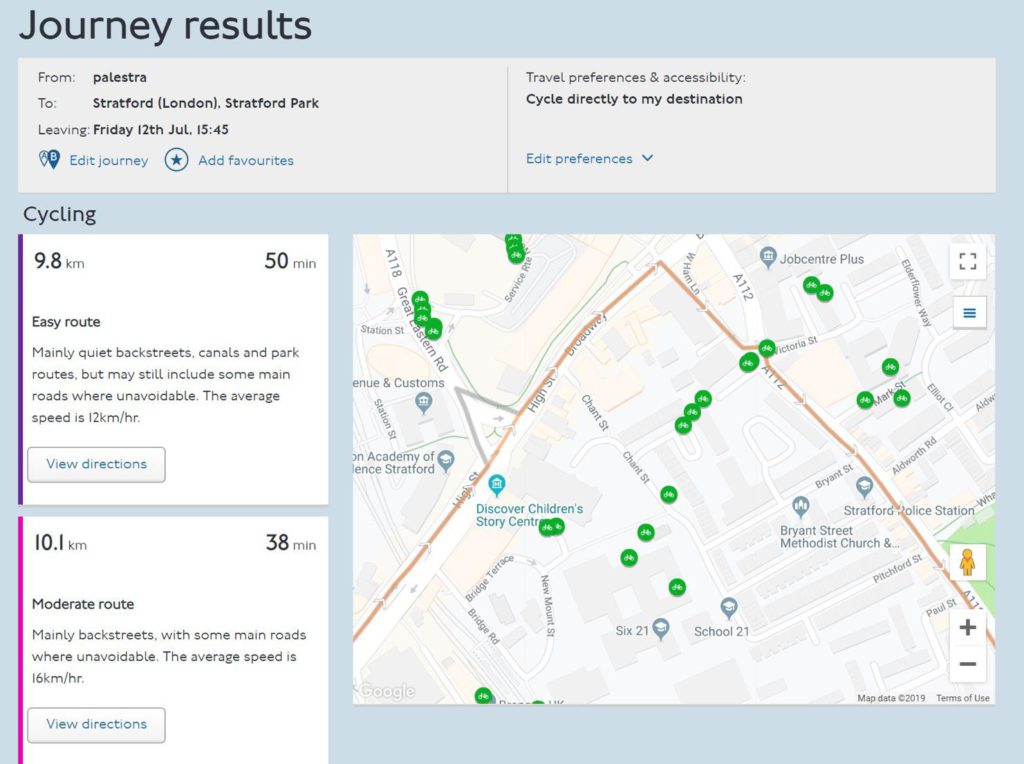Press Room
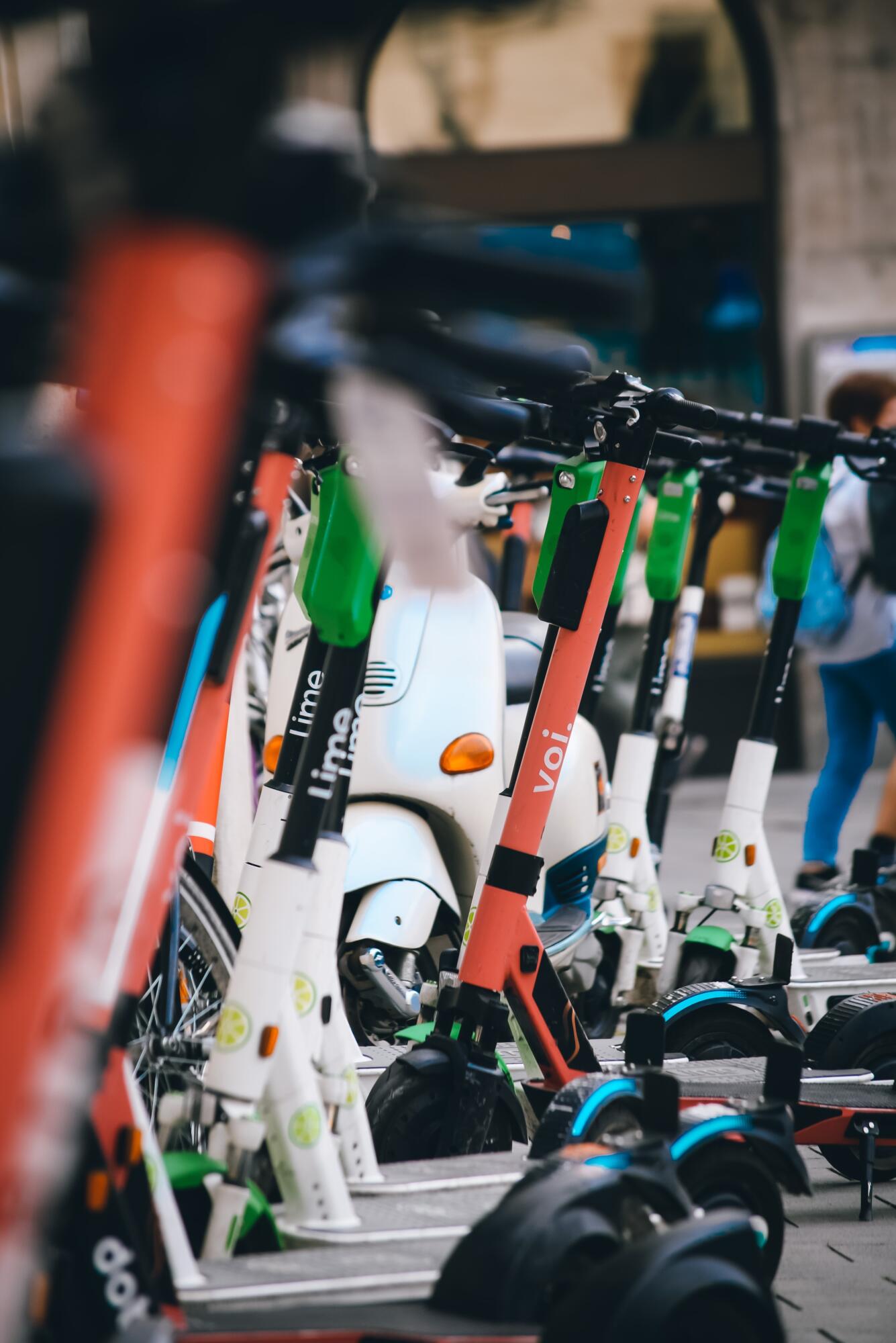
Urban Transport Group publishes report on future of e-scooters

3rd POLIS-EPA webinar: Parking goes digital!

Eurelectric and EY release report on accelerating e-mobility

Amsterdam wins Thinking Cities Award

POLIS and ALICE launch joint guide for advancing together towards zero-emission urban logistics by 2030

No one left behind: Cities and regions commit to work together for a just mobility transition

Remote-sensing study in Brussels confirms importance of phasing out highly polluting vehicles to improve air quality

Improving air quality now: it’s Europe’s time to act!

Joint statement: Europe must come together to change urban mobility

Global and European mobility leaders commit to Zero Emissions by 2035
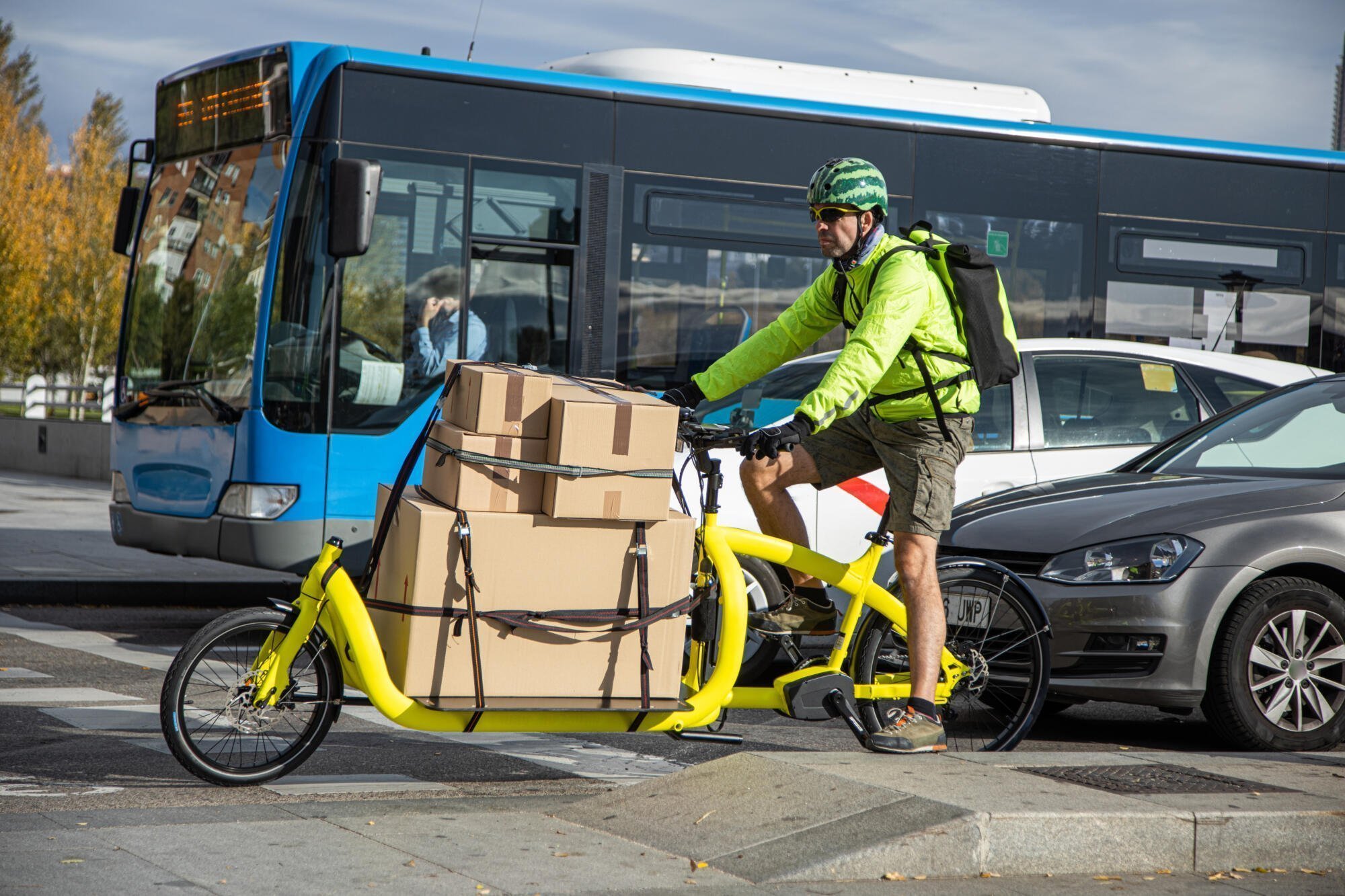
MOVE21: European cities lead transition to zero-emission transport in urban areas
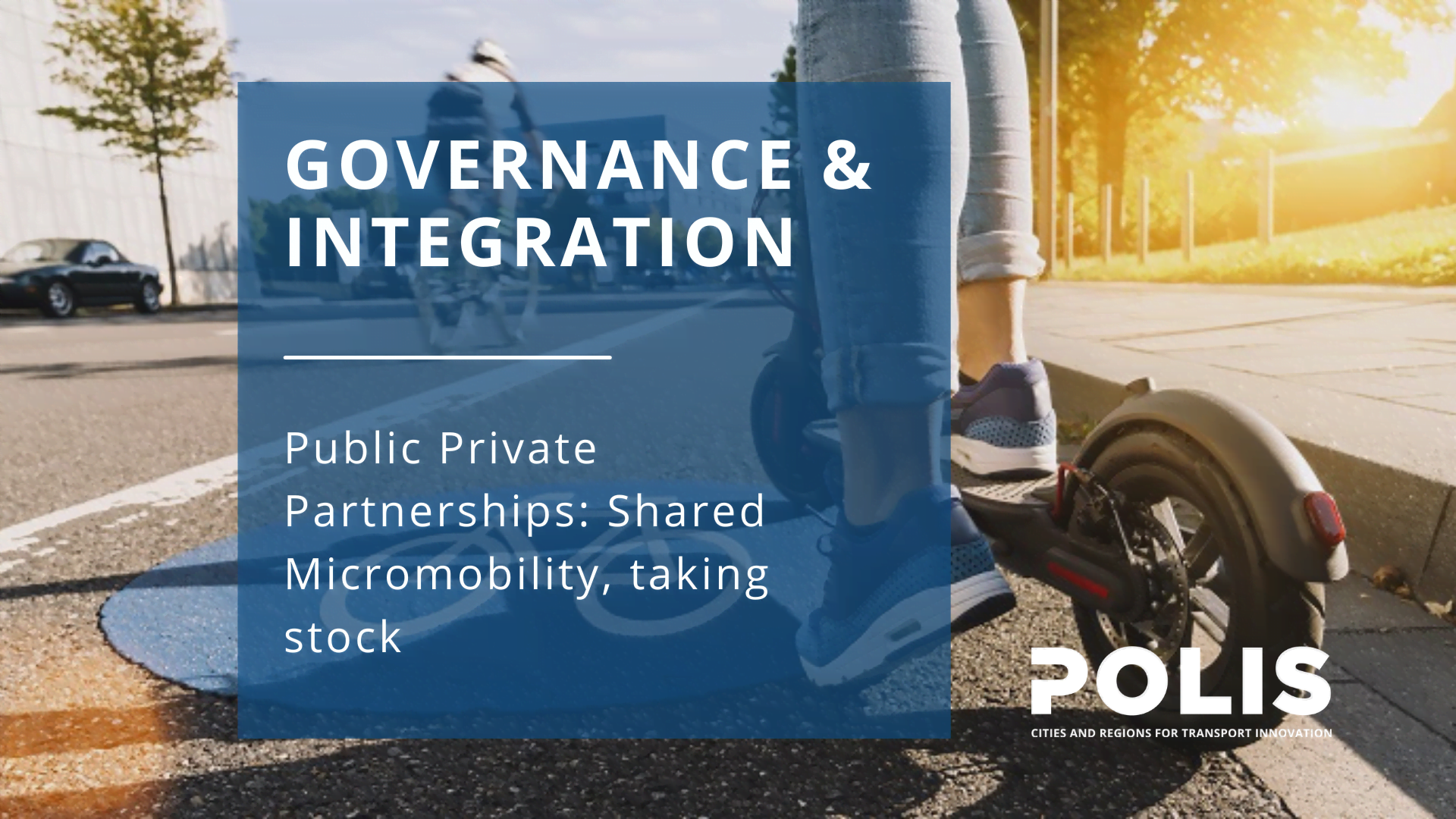
Public Private Partnerships: Shared Micromobility, taking stock

UN releases recommendations for sustainable transport to support COVID-19 recovery

Eleven cities and regions to replicate solutions on Digital Twins for urban logistics planning

POLIS, UITP and EMTA publish joint opinion on EU-wide integrated ticketing

Cities and regions hold keys for Green Deal success

POLIS, TDA and C40 launch the How-to Guide on Zero-Emission Zones for Freight

COVID-19 is an opportunity to change urban mobility for the better, cities and regions say

Update on TfL Government funding agreement

New functionalities now available on the EAFO portal!

Small and medium-sized cities webinar: Size doesn’t matter when it comes to innovation!

Rome kicks off Logistics Living Lab

TfL launches London FreightLab to innovate for freight and servicing

New year, new me(tro)

Cities and regions call for paradigm shift in road safety policy

Polis Conference 2019 kicks off with record number of participants

Île-de-France Mobilités launches its MaaS app development strategy

Organisations call for transport investments on the CEF II

City declaration “The New Paradigm for Safe City Streets” launched today
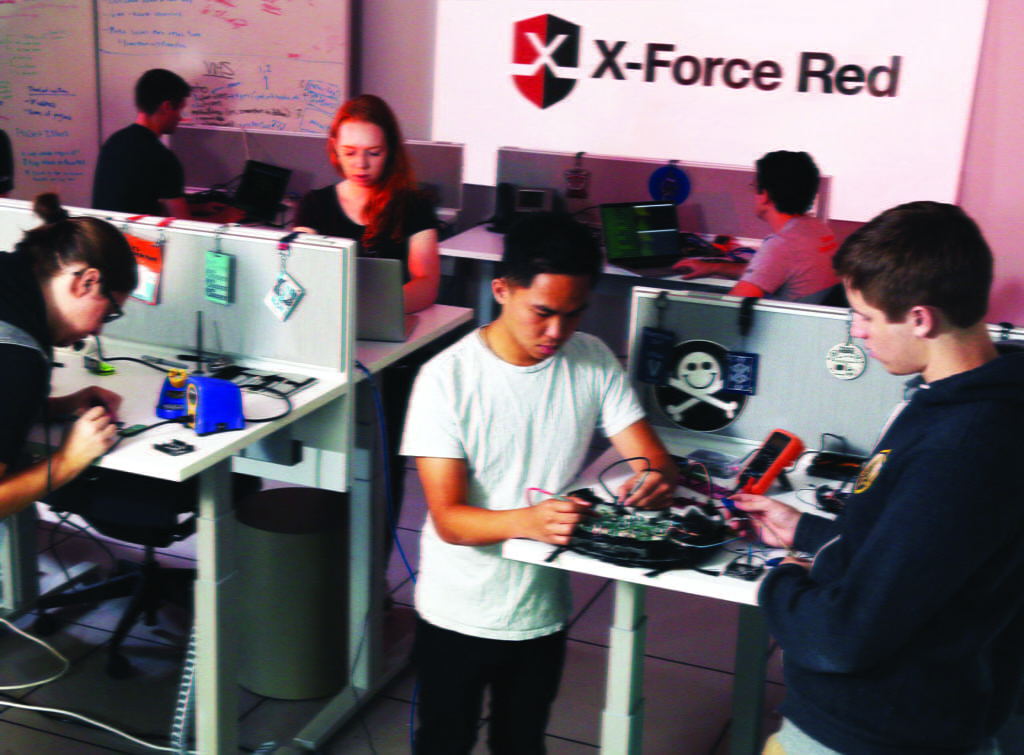
Polis at the policy session of the Urban logistics Summer School (Uni of Antwerp)
